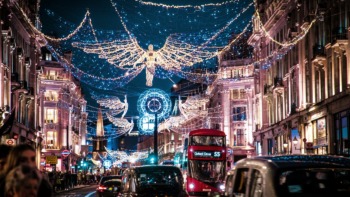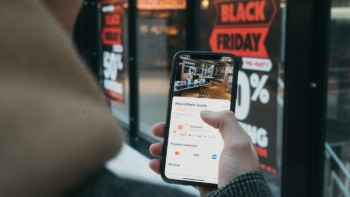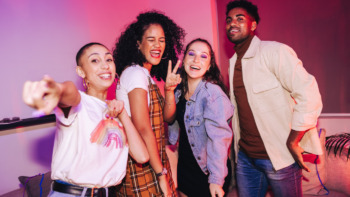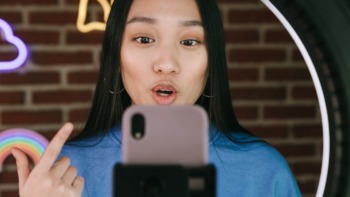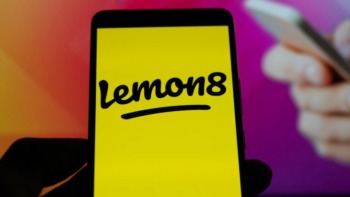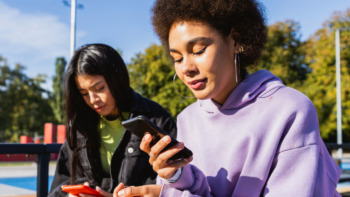Cyber Week is just around the corner, and there’s one key Gen Z trend that you need to be on top of – Dark Social. So, what is it? And how do you optimise your marketing campaign for it?
What does dark social mean?
Dark social is any social sharing that can’t be tracked by web analytics. While you can track any links posted on open social media platforms, the minute someone sends it in a WhatsApp, Snapchat, text message or email, you lose the ability to see who has clicked it.
If you run a paid social campaign on Twitter around Cyber Week, for example, you’ll be able to track who has clicked through to your site via that Twitter link – it’s completely open to analysis. But if a student sees a deal they like and shares it in the Whatsapp group chat, you have no idea that your link has been passed on – and potentially clicked on by everyone in that group chat. There’s no referral tag to indicate where the link originated.
Where does dark social traffic come from?
Primarily, people who follow links from dark social will be receiving them in closed social apps – platforms like Snapchat, WhatsApp, and other private messaging services. This includes private subsidiaries of public social media platforms, such as Facebook Messenger. Dark social traffic can also originate from some native mobile apps, as well as email accounts.

Dark social and Gen Z
It will come as no surprise that Gen Z – a generation that have grown up with so many digital resources at their fingertips – are big drivers of the dark social stats that you’re unable to attribute.
Thinking ahead to Cyber Week, we asked Gen Z if they tend to share deals and discounts that appeal to them with their friends. 69% of UK students and 61% of US students said yes. But the key question here is: how do Gen Z share?

For Gen Z, the boundary between online and offline spaces are blurred – so you might expect that they’d have no problem sharing deals and discounts that interest them on their Instagram stories, Facebook timelines or Twitter feeds. But just 7% of UK students and 10% of US students would post a deal on a public social media platform.
In fact, the most popular way for Gen Z students to share a deal that appeals to them is in a private message, to one other person – 43% of UK students do this, with 61% of US Gen Zs also opting for a direct message or email. In both countries, dropping an exciting deal into a group chat came a close second.
There are a couple of reasons why. The student tribe, in particular, like their shopping experience to be exclusive. For the same reason they love discounts that are just for them, they are likely to keep the best Cyber Week deals between friends.
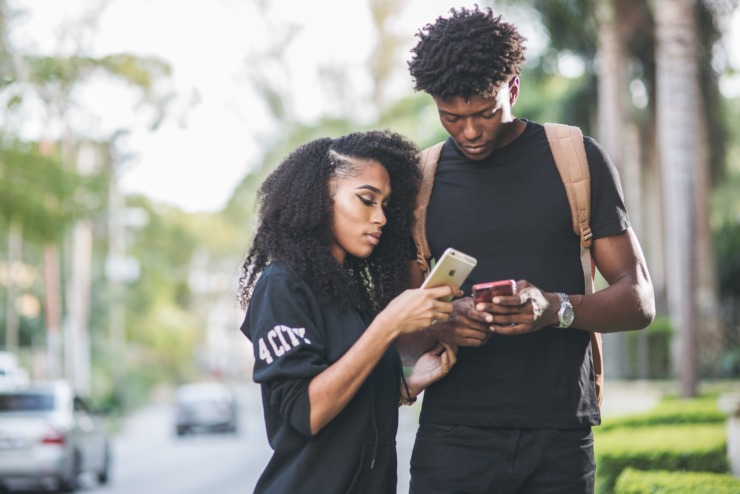
Also, private messaging platforms like Facebook Messenger and WhatsApp have become more and more advanced over the years – by the time Gen Z started using them, these platforms already had seamless user experiences – and they just keep getting better. For digitally native students, extending their preferred method of socialising to enhance how they shop is a natural step.
Last Cyber Week, we helped brands like Milk Makeup and Lovehoney to connect with students in the US, and drove revenue to Gymshark and Boohoo in the UK. This year, it could be you!
How to optimise for dark social
It’s easy to see dark social as a negative – Gen Z’s preferred method of sharing prevents you from fully understanding where your traffic is coming from, and therefore who is buying your products.
Dark social isn’t a bad thing – Gen Z is engaging with your brand and your products, you just don’t necessarily know about it. This means you need to be aware of where your Cyber Week campaigns will end up: young people will be less inclined to share a discount on their own Facebook timeline, but if the deal speaks to them, you can bet it’s going straight in the group chat. Have you done everything you can to ensure a seamless user experience when this inevitably happens?
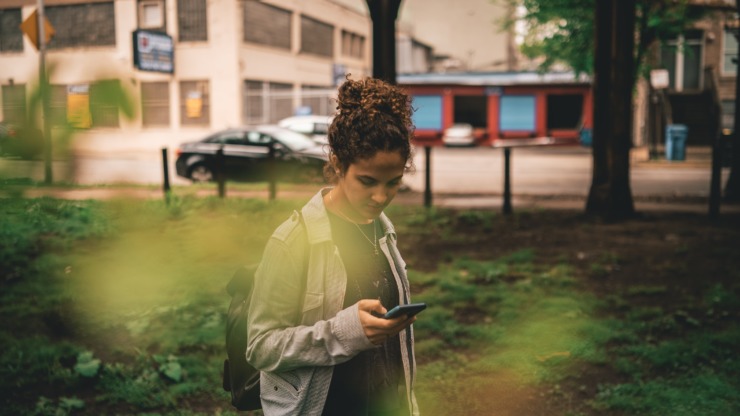
It is also possible to put some optimisation in place, such as by putting easy-to-follow sharing links to private platforms on all of your product pages. Gen Z will be more inclined to click on them – which means you can track it – and less tempted to copy and paste the link, which is what makes it go dark. While you might not be able to pinpoint who clicks that link once it hits the group chat, you can track whether it got shared there.
Dark social is just the tip of the iceberg. Get the full lowdown on the biggest shopping event of the year by downloading our Cyber Week 2020: Brand Playbook.




